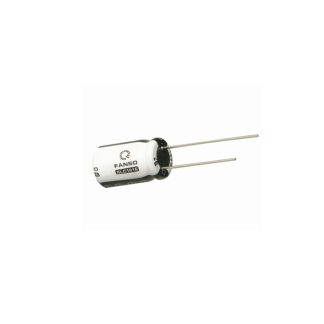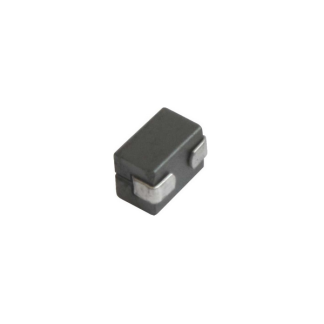Description
Conduction
In conduction, heat flows from a higher temperature region to regions of lower temperature. This occurs within solid, liquid, or gaseous mediums or between different mediums that make direct physical contact with each other.7 “The transfer of the energy of motion between adjacent molecules conducts the heat. In a gas, the ‘hotter’ molecules, have greater energy and motions, and impart energy to adjacent molecules at lower energy levels. This type of transfer occurs to some extent in all solids, gases or liquids in which a temperature gradient exists. In conduction, energy can also be transferred by “free” electrons, which is important in metallic solids.”8 Examples of conduction are heat transfer through the surfaces of a cold plate or through the walls of a refrigerator.
Convection
In convection, the combined action of heat conduction, energy storage, and mixing motion serve to transport energy. “Convection is most important as the mechanism of energy transfer between a solid surface and a liquid or a gas.”9 “In forced-convection heat transfer, a pump, fan, or other mechanism forces a fluid to flow past a solid surface. In natural or free convection, warmer or cooler fluid next to the solid surface causes a circulation because of density differences resulting from the temperature differences in the fluid.”10 An example of free convection is the loss of heat into ambient air via the fins of a heat exchanger. If a fan is used to circulate the air over the heat exchanger fins, this becomes an example of forced convection.
Radiation
In radiation, heat flows from a higher temperature body to a lower temperature body when the bodies are separated in space, even across a vacuum.11 “The same laws that govern the transfer of light, also govern the transfer of heat. Solids and liquids tend to absorb the radiation being transferred through it, hence radiation is important mainly in transfer through space or gases.”12







